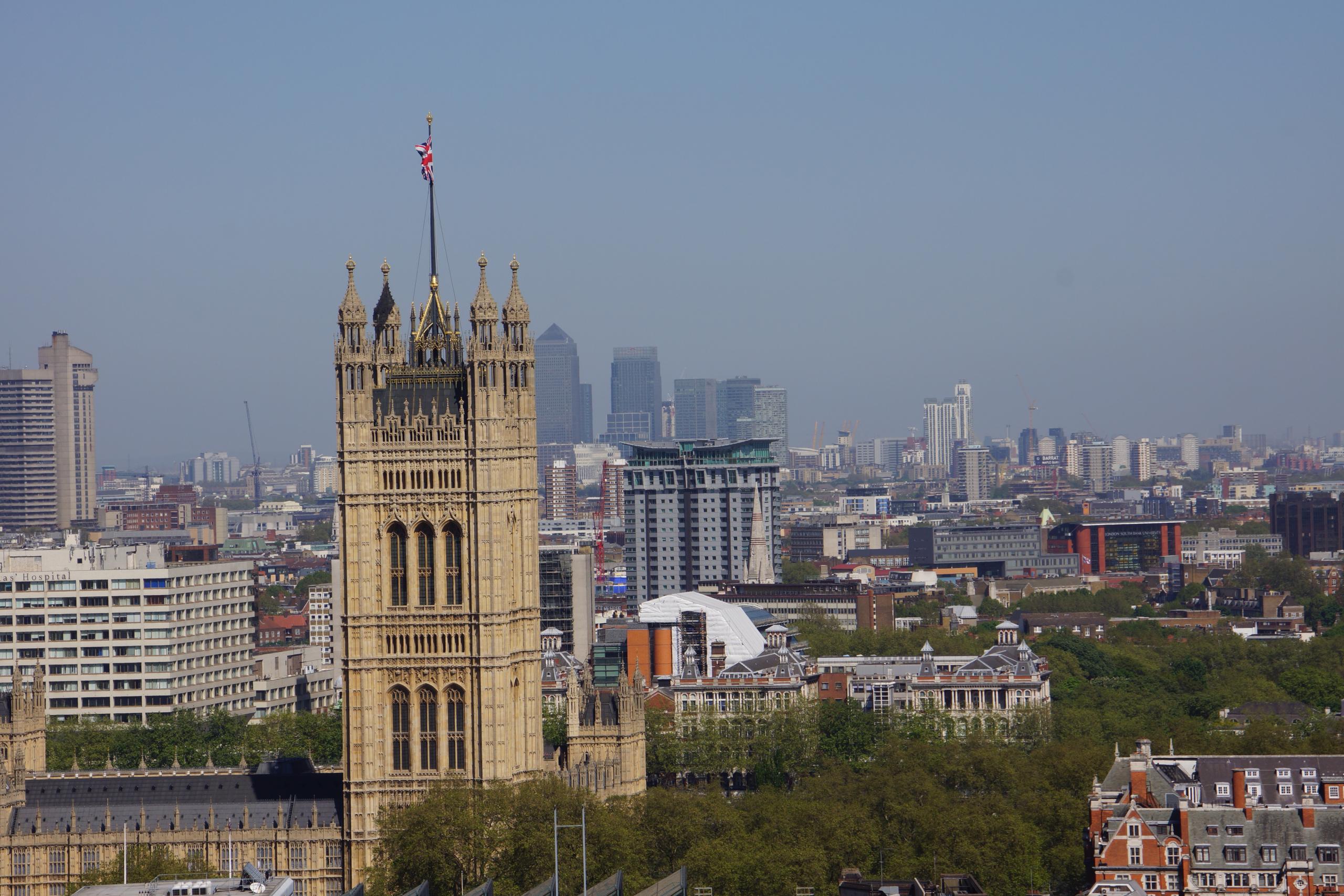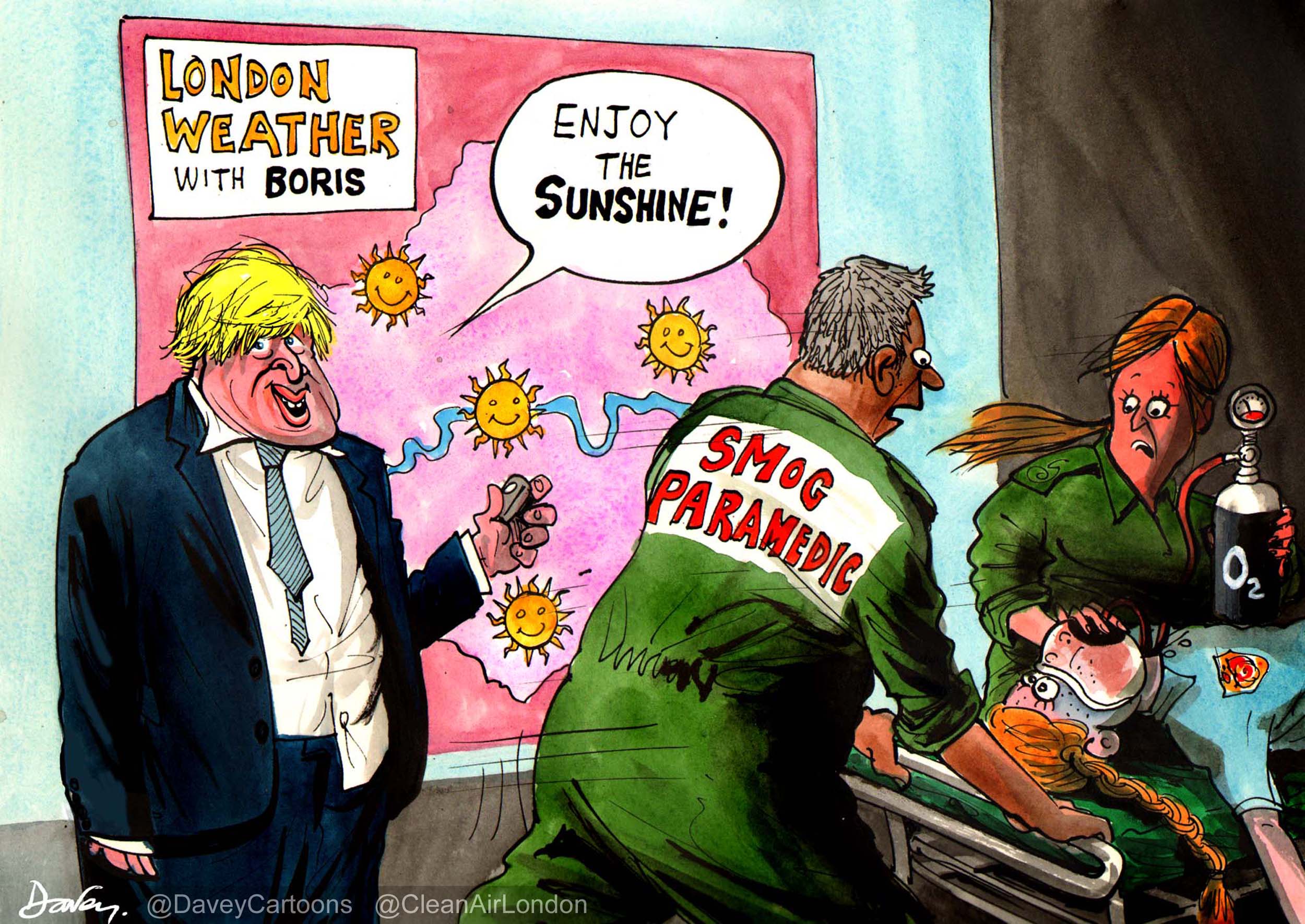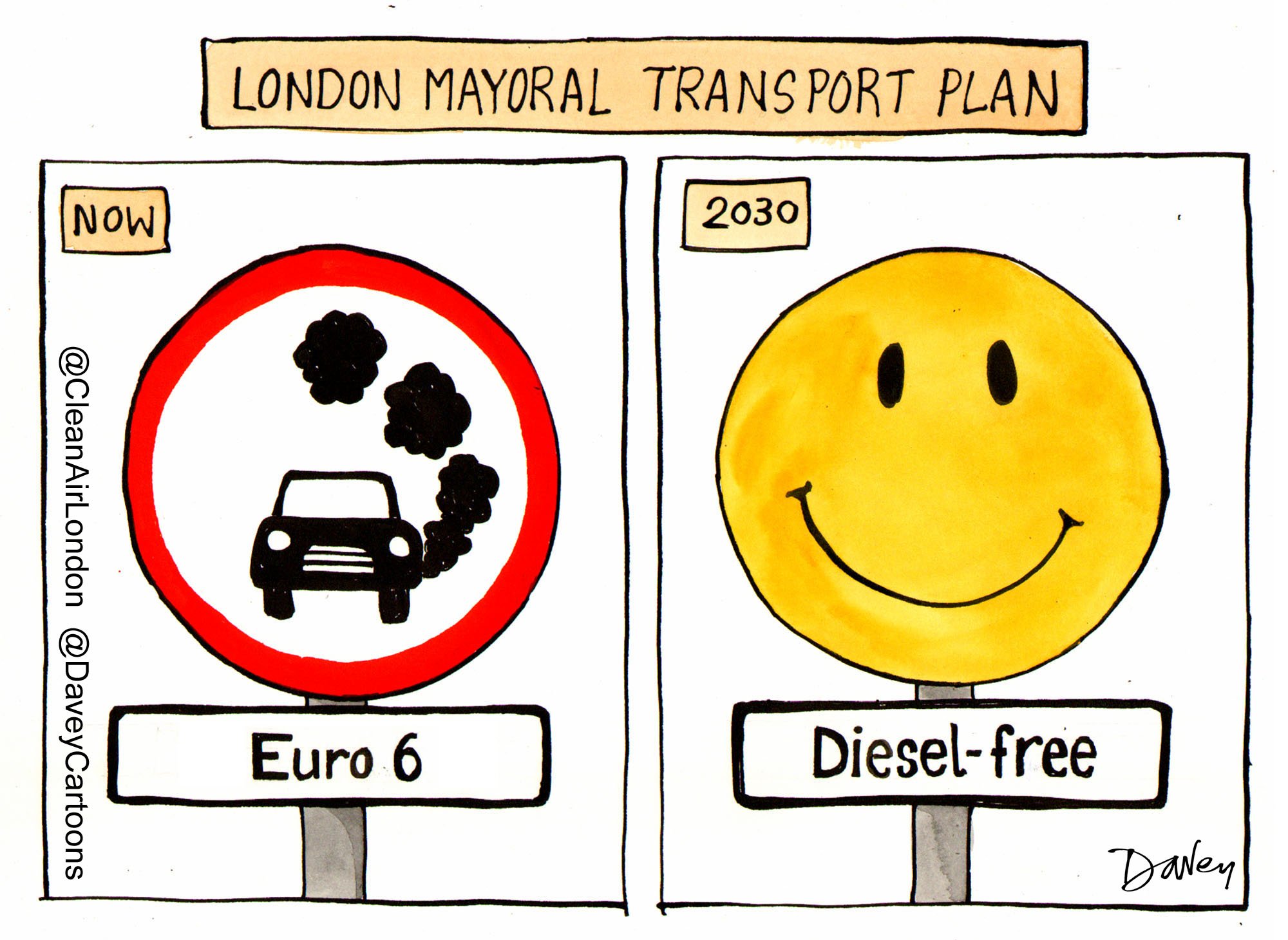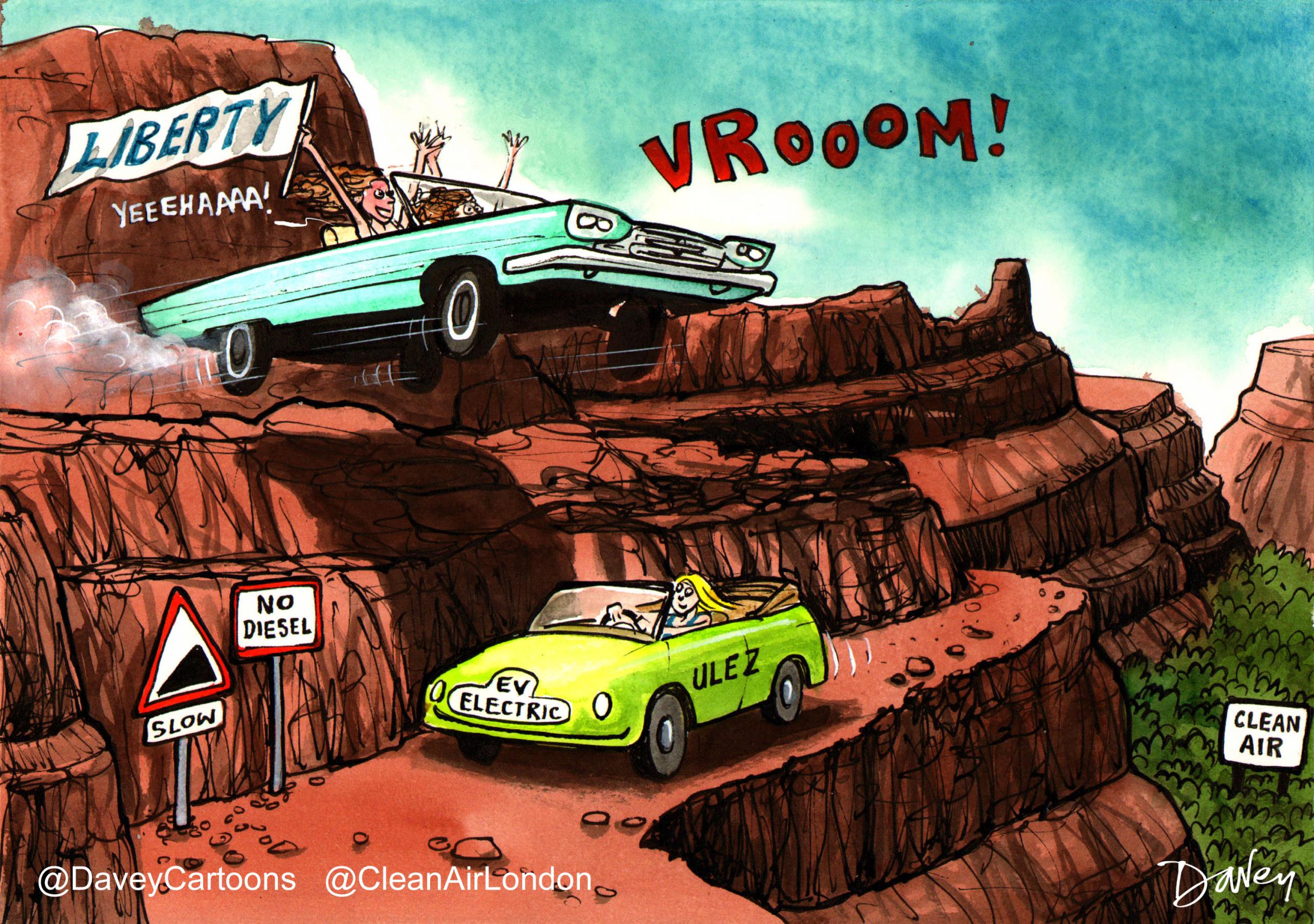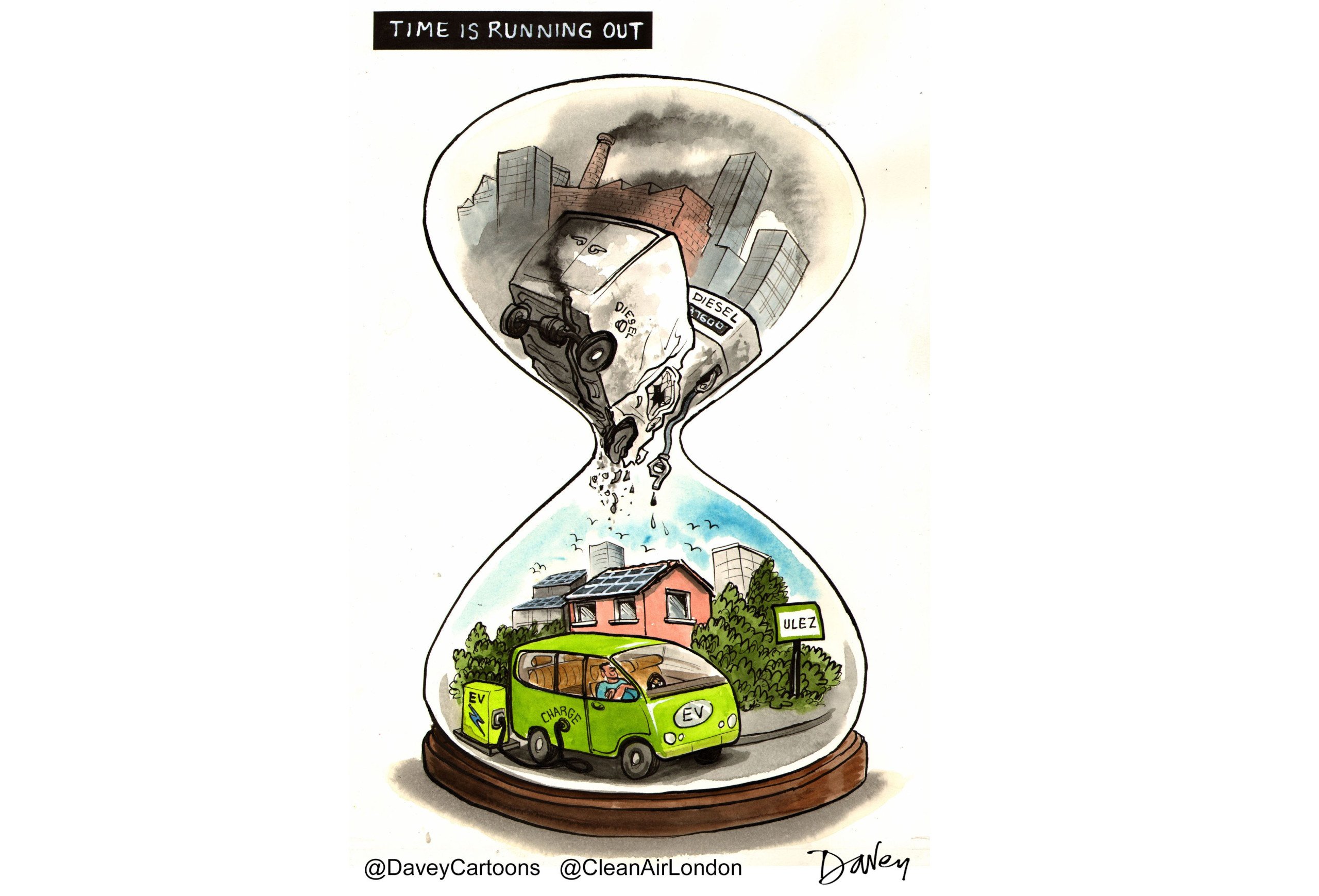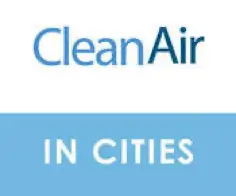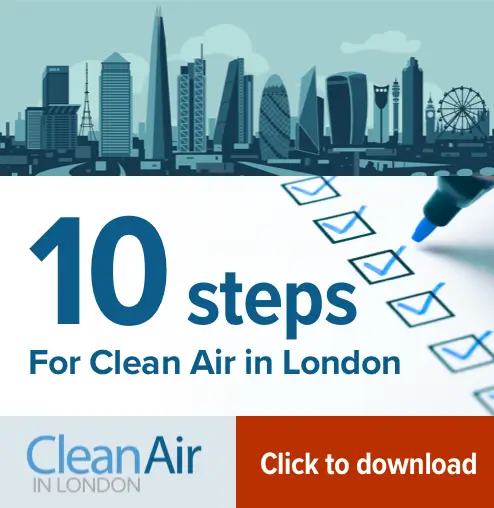1. What are the health impacts of air pollution?
Air pollution is much worse than most of us have realised. When compared to other environmental factors affecting public health only smoking causes more early deaths in the UK. Worse still, the health impacts are concentrated in busy urban areas such as London.
- The Committee on the Medical Effects of Air Pollution (an advisory body for the Department of Health) has calculated that there were 29,000 premature deaths due to long-term exposure to PM2.5 in 2008 i.e. dangerous airborne particles
- The Mayor of London has calculated that there were 4,267 premature deaths in London due to air pollution during 2008. This is a comparable figure to the deaths we thought occurred during the Great London Smog of 1952 (due to short-term exposure to air pollution when we knew nothing of the long-term effects)
- Air pollution also causes chronic ill health. For example, research published by the Aphekom group of scientists in 2011 has shown that living close to roads travelled by 10,000 or more vehicles per day (on average) could be responsible for some 15-30% of all new cases of asthma in children
For more information on the health impacts of air pollution click here.
2. What is the legal situation?
Legally binding, health based standards for air quality have been set by the European Union. The UK is cheating on these air quality laws and misleading the European Commission.
- Air quality laws are breached every day by a factor or two or more along London’s busiest roads (and elsewhere). No other public health or environmental standard is breached on such a large scale with such serious consequences for public health
- EU air quality laws are contained in the ‘Air Quality Directive’ (2008/50/EC). This (amongst other things) sets maximum allowable concentrations for the concentration of particulates (PM10) and nitrogen dioxide in the air
- The UK gained a time extension until 11 June 2011 to meet PM10 limits across the country. However, after this date the London Air Quality (monitoring) Network has still registered breaches of these limits in several locations in London. Furthermore, the Mayor is now using PM10 suppressing chemicals on roads directly in front of monitoring stations – good for avoiding legal breaches perhaps but not good for reducing the concentrations in the air we breathe or warning of smog episodes
- The latest deadline possible for meeting nitrogen dioxide limits is 1 January 2015. However, the UK Government has said it can’t (or won’t) comply with the these health based limits in London until 2025
- EU air quality laws can be enforced through the European courts – the potential price for failure is fines of hundreds of millions of pounds. These fines would ultimately be paid by the UK taxpayer (after a five stage legal process over several years) – CAL believes this money would be better spent now on measures to reduce air pollution, comply with air quality laws and protect people’s health
For more information on the legal aspects of air pollution click here.
3. Where does air pollution come from?
Road transport is the dominant source of air pollution in London. Other important sources include domestic and industrial combustion, for example central heating boilers.
- The Mayor’s Air Quality Strategy includes estimates for pollution sources in London during 2011. Particulate emissions from vehicles come from their exhausts and also tyres and brake wear
- In central London a greater proportion of the pollution emitted comes from buses and taxis, as these vehicles make up a greater proportion of the traffic on the roads
- London also receives air pollution blown in from outside of the city, however this works two ways: London is a significant exporter of air pollution to surrounding areas
For more information on sources of air pollution in London click here.
4. What are the solutions?
The solutions to poor air quality are within our grasp – no new technologies need to be developed. Scrappage and retrofit (for example, fitting filters) schemes for older vehicles and boilers are needed, as is a move towards electrified transportation in central London. In the most polluted areas more low emission zones are needed to exclude the biggest polluters and protect health.
- Clean Air in London identified five key areas for action by the Mayor in our manifesto for the 2012 mayoral elections. These were:
- Lead the fight to improve London’s air, by championing the tightening of health and legal protections, ensuring good governance and improving public understanding of poor air quality
- Clean up London’s transport, by reducing traffic emissions, cleaning up the public transport system, reducing emissions from non-road mobile machinery and supporting active travel
- Build a low emission city, by using planning powers and other opportunities to reduce emissions from buildings and improve indoor air quality
- Protect the most vulnerable, through a focus on children, the elderly, the poor and ethnic minorities
- Ensure a legacy from the Olympic Games, by delivering a low emission Olympics and more
The UK Government also needs to play its part by providing the funding and national frameworks needed for the Mayor and the London Boroughs to act. Above all the UK Government must achieve full compliance with EU air quality laws before fines become payable and develop an appropriate strategy for doing so.
For more information on the solutions to air pollution in London click here.

